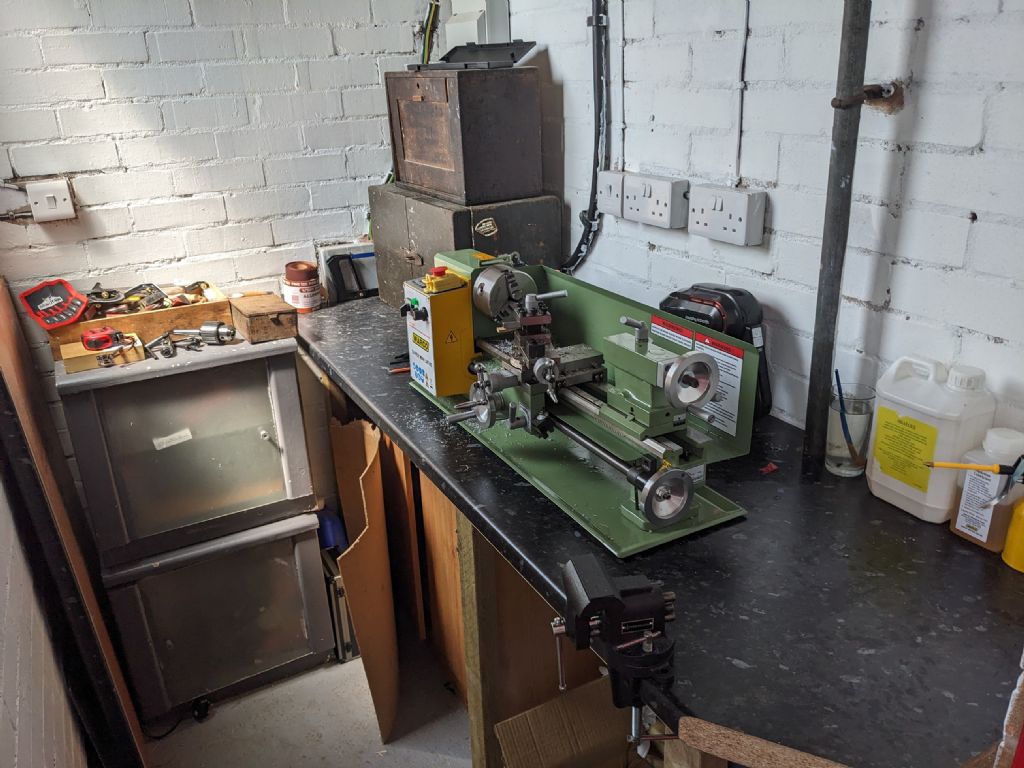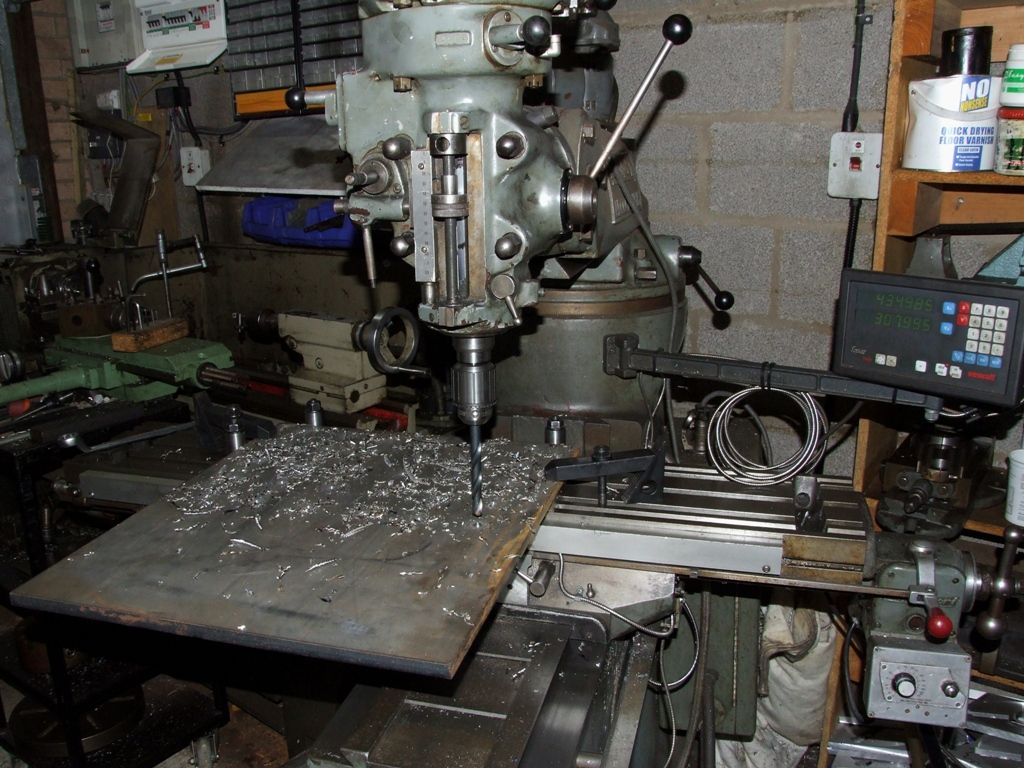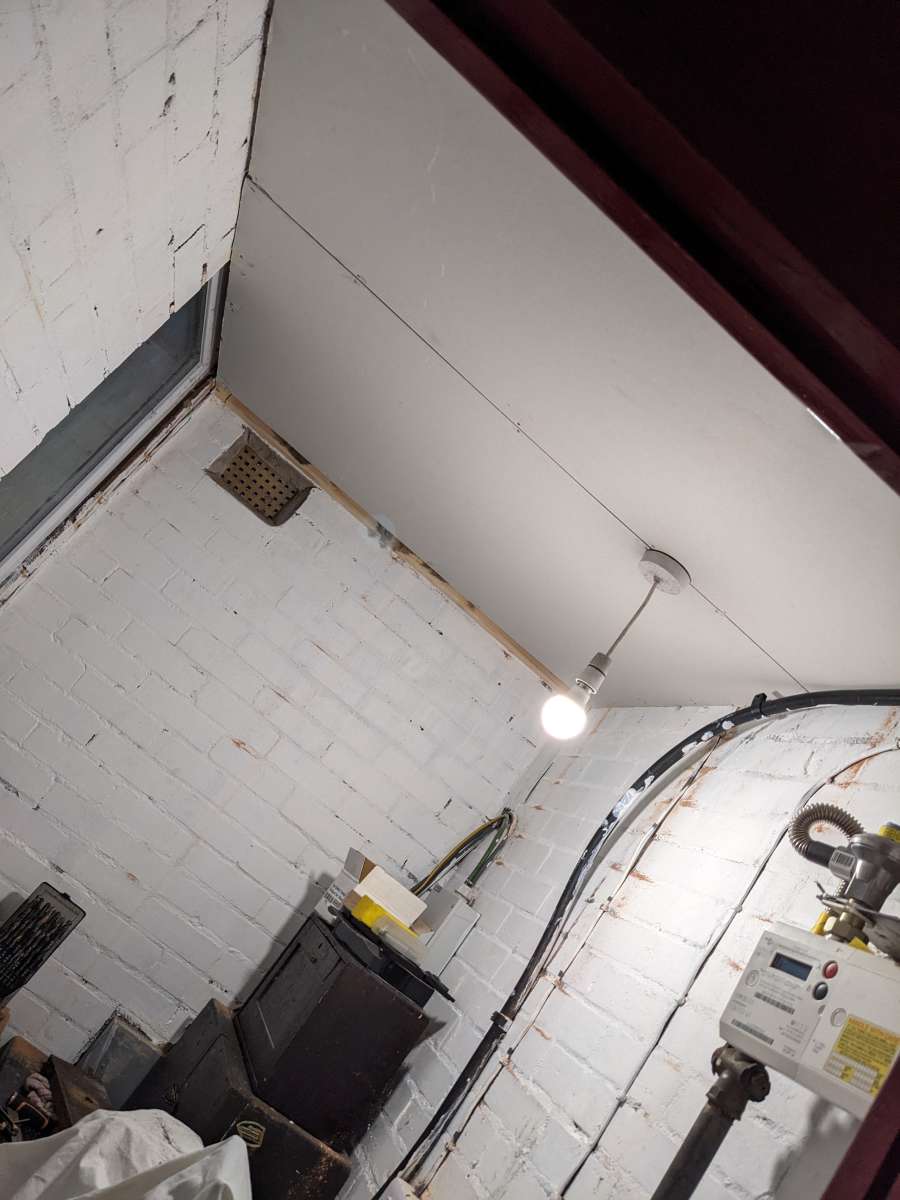Hey Matt,
Yeah, the container is sweet I should have found a larger one to rent though. the site it's on is secure and cameras everywhere. I also have multiple chunky locks on the doors. I'd be impressed if anybody can get in there without being caught and the police turning up.
The landlords are great too. They're actually a lighting business so recently they've been able to hook me up with some LED strip lighting that I can control with my phone via bluetooth which is cool.
As for the daylight, its light enough in there I don't really notice, but with the doors open I get more than enough natural light and a pleasant breeze to boot! The insulation and paneling I have done should keep me in good stead for when it gets colder too.
I think the space you have, a window is pretty necessary as you say to remove that clostraphobic feeling.
As for travel…..
When I was looking into getting the Bridgeport, dimensions were obviously a very real concern of mine. Handily if you can get hold of the manual for the machine they will have drawings and tables documenting how much space is needed for travel, it's also a point to remember, depending on the kind of work you'll be doing, you rarely ever need the full travel of the x or y axis (y is less of an issue).
I would recommend acquiring (via download, or emailing the supplier) the manuals for a few milling machines and seeing what they document in terms of space needed and then pulling your tape measure out. I wouldn't just assume you don't have the space, you might be surprised!
Another idea you could look into is getting a Vertical milling slide attachment for your lathe's cross-slide. therefore turning your lathe into a kind of horizontal mill (using collets in the head of your lathe for mill bits and holding the work in the slide.). This would at least give you some functionality that wouldn't be available to you otherwise without taking up any of that valuable floor/worktop space.
Here is an example
And here is a video talking about them and showing them in use.
I briefly looked in to 3-in-1's myself. I came to the opinion that as I am not governed by space as much as you are I should get separate machines. Rigidity of those machines is a concern for me, but that would be overridden if I had the space constraints you do.
I think most import lathes these days have decent parts availability as they are just rebranded castings used by a lot of companies. Also, you are an engineer you could manufacture your way out of problems 
Sounds like you are settling into your hobby nicely though! and already getting commissioned jobs!!!!
As for bench drills. I absolutely hate mine. It was under £100 and it's total crap. It doesn't make round holes (I shit you not). If you're going to buy one I recommend that you not buy cheaply.
 File Handle.
File Handle.








 )
)


